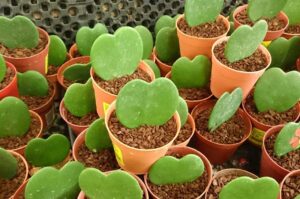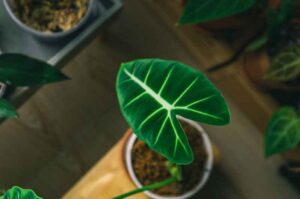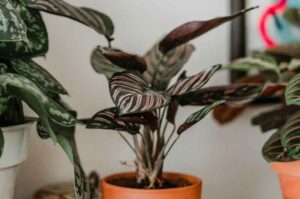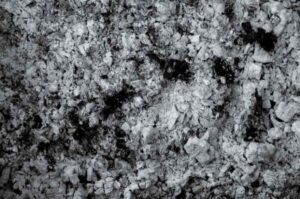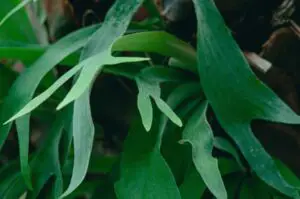Bird Of Paradise Broken Stalk- 9 Causes And How To Fix Them?
Bird of Paradise is an ornamental plant from South Africa. It belongs to the Strelitziaceae family. The plant blooms well in warm climates. Due to its attractive foliage and beautiful blue and orange crane-shaped flowers, it’s a popular choice as a houseplant.
Your Bird of Paradise may sometimes have a broken stalk. These broken stalks can never recover; you have to trim them off, allowing a new leaf to grow.
The stem of the Bird of Paradise breaks mainly due to dehydration, lack of proper nutrients, improper handling, or re-potting. Additionally, shock, stem rot, scarcity of sunlight, and high winds are other contributing factors to the broken stalk of this beautiful plant.
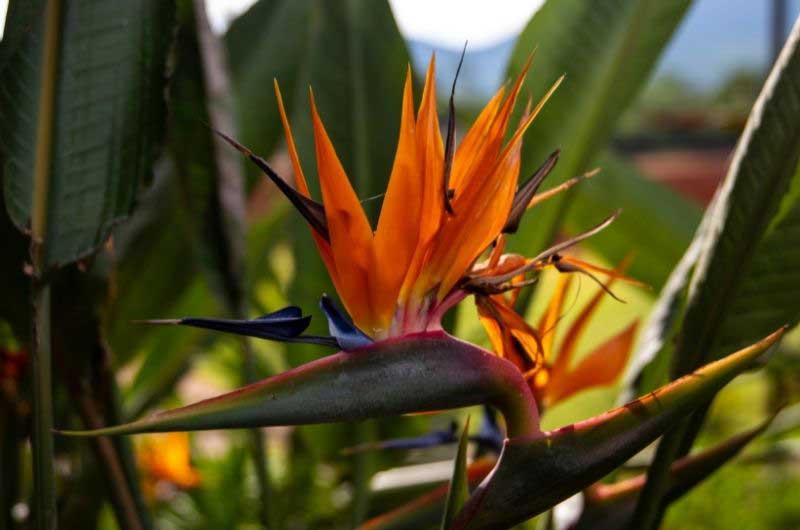
Causes Of Bird of Paradise Broken Stem
There are several reasons for the stalk breakage of these beautiful, huge plants. Read the below-listed causes of stalk breakage of Bird of Paradise:
Scarcity Of Sunlight
Plants mainly rely on the energy present in sunlight to produce the nutrients needed for their growth. And when there is scarce sunlight, the plants tend to grow towards sunlight in unusual ways. This way, plants’ stems grow faster than normal, getting weaker and eventually breaking off.
Thus inadequate or no sunlight can become the reason for the damaged, unhealthy and dead stem of the Bird of Paradise.
Solution
- Place your plant near the window to help it obtain direct sunlight.
- You can move the plant onto a patio or porch in the summer.
- If there is inadequate sunlight at your place, try supplementing the plant with grow lights. These lights mimic the sun’s sun’s UV rays, thus helping your plant receive the light it requires for photosynthesis.
Water Imbalance
Water is one of the essential elements for the growth of plants. It provides turgidity, allows photosynthesis to occur, and makes plant stems stronger.
An adequate amount of water availability is an indicator of a healthy plant. For the healthy growth of this huge plant, it is important to understand the quantity of water needed by it.
Lack of water can make the plant wilt and grow weaker. It leads to thinning of the stalk that eventually results in breakage.
On the contrary, excessive water can make the plants suffer from oxygen scarcity. It can lead to decayed roots and rotten stems of your Bird of Paradise.
Solution
- Water your plant in two-three days. Also, regularly check if the soil is dry or moist.
- You can use a moisture meter to keep your plant hydrated.
- Using good quality potting soil is very much necessary to hold adequate water for your plant.
Nutrition Deficiency
Plants need nutrition such as potassium and nitrogen to grow healthy. When they do not get a sufficient quantity of an essential nutrient, there is nutrition deficiency. It leads to stunted growth of the plant, death of plant tissue, weak stems, and break-off.
Nutrient deficiency is a serious issue that might be causing your Bird of Paradise plant to break its stem.
Solution
- To ensure sufficient nutrition to plant, one should provide a good quality fertilizer once in a while.
- If you keep the plants outside, give them a dose of slow-release fertilizers such as pelleted chicken manure.
- Adding organic manure to the pot also helps the plants retain their stem’s health and growth and prevents any breakage due to weakness and lack of nutrition.
- Using the best potting mix that is rich in nutrients and well-draining also enhances plant growth.
Fungus
Fungus such as Rhizoctonia, Fusarium, or Pythium genera cause diseases like stem rot in plants. Fungus impedes stem functions like nutrition transplantation in Bird of Paradise, affecting the overall growth of stems and leaves of the plant.
Damp conditions also make the stem base soft, water-soaked, and mushy, another reason for stem rot in these plants. These stems eventually become feeble and later fall off.
Solution
- Dip the plant root in fungicide (copper-based) at regular intervals to avoid fungal growth. You can additionally use hydrogen peroxide or baking soda.
- Do not overwater your plant to avoid stem and root rotting.
- Remove the infected roots, leaves, or stems, if any.
Storms And High Winds
Under strong winds and storms, the Bird of Paradise bends and sheds leaves, causing breakage to its stems. These plants, if placed outside, have higher chances of getting damaged and breaking off stems and leaves.
Solution
- It becomes imperative to place this plant with minimum chances of getting hit by strong and harsh winds and storms that could harm your plant.
- You can place them against the walls to provide stability during strong winds. Or, you can place them with the support of other plants.
Re-Potting And Handling
Transporting large plants like Bird of Paradise and re-potting them carelessly can cause damage to its leaf, leading to breakage and bending of stems.
Solution
- Be very careful while handling and re-potting them. And if by chance you break any stem or leaf, prune the damaged or broken stem promptly. You should do it because it is less likely to recover or relive for a stem if once affected badly.
Physical Contacts
Unnecessary and continuous touch can cause structural damage to this huge plant. Repeated physical touch can reduce plant growth by up to 30%.
Also, when several plants of Bird of Paradise are grown close to each other, they tend to hinder each other’s growth. It happens due to congested spacing, thus leading to the stems getting damaged.
Solution
- Ensure the appropriate density of plants for healthy growth and preventing stems from damage.
Upset Nitrogen Balance
Excess nitrogen in the soil can alter growth levels and prove fatal in these plants. On the other hand, low nitrogen levels slow down the process of nitrate formation in plants.
It leads to the plant absorbing nitrogen and may cause stems to be very feeble. Hence, disturbance in nitrogen level leads to affect plant growth.
Adaption Of The New Environment
When you relocate or move these plants to new environments and places, they may suffer shock. It happens because the plant is adapting to its, new habitat. This process may sometimes result in the bending and breaking of stems. It generally requires a certain time to adjust to the newly discovered rooting system and the general environment.
Solution
- Practice patience, and give time to your plant to adapt to the new environment.
How Can You Fix The Broken Stalk Of Your Bird of Paradise?
Once the stalk of your plant has bent, there are still the chances of saving the stalks. But if they break, they cannot recover. So promptly fix the stalk if you identify any breakage. There are probably two methods to fix a broken stalk:
1. Stem Method
You can fix the broken stem by using timber splints like bamboo or chopsticks to straighten the broken stalk of your plant. You can also use soft ties such as pantyhose or tomato ties to hold the stem in place.
- Place the splint on both sides of the stalk. Give it some time to heal.
- After 15 days, you can see the stalks regaining their strength. If the leaves are still green, it indicates stem healing. Eventually, the stem will support itself.
- However, this process doesn’t guarantee stem recovery. It is because recovery depends upon the intensity of the damage. More the damage, less is the chance of stem recovery.
- But you can try this method if your plant has fewer leaves.
2. Tape Method
- Examine the stem for damage and take the tape length accordingly. You may take 10cm or more tape considering the extent of stem damage.
- Tightly attach the tape to the plant stem for successful and faster healing.
- Then cover the stem and the plant’s base with 10 cm tape. Ensure covering the entire stem and base.
- Leave the tape on the plant for at least two to four weeks.
- When the plant shows signs of recovery, gently remove the tape.
- This method is far more effective than the former method.
Conclusion
Aim to provide appropriate care to your Bird of Paradise to ensure healthy growth. If you grow it in supportive conditions, there are negligible chances of stalk breakage. Placing the plants in the sheltered area can prevent the stem from bending or breaking. Handle them gently and pamper them.

